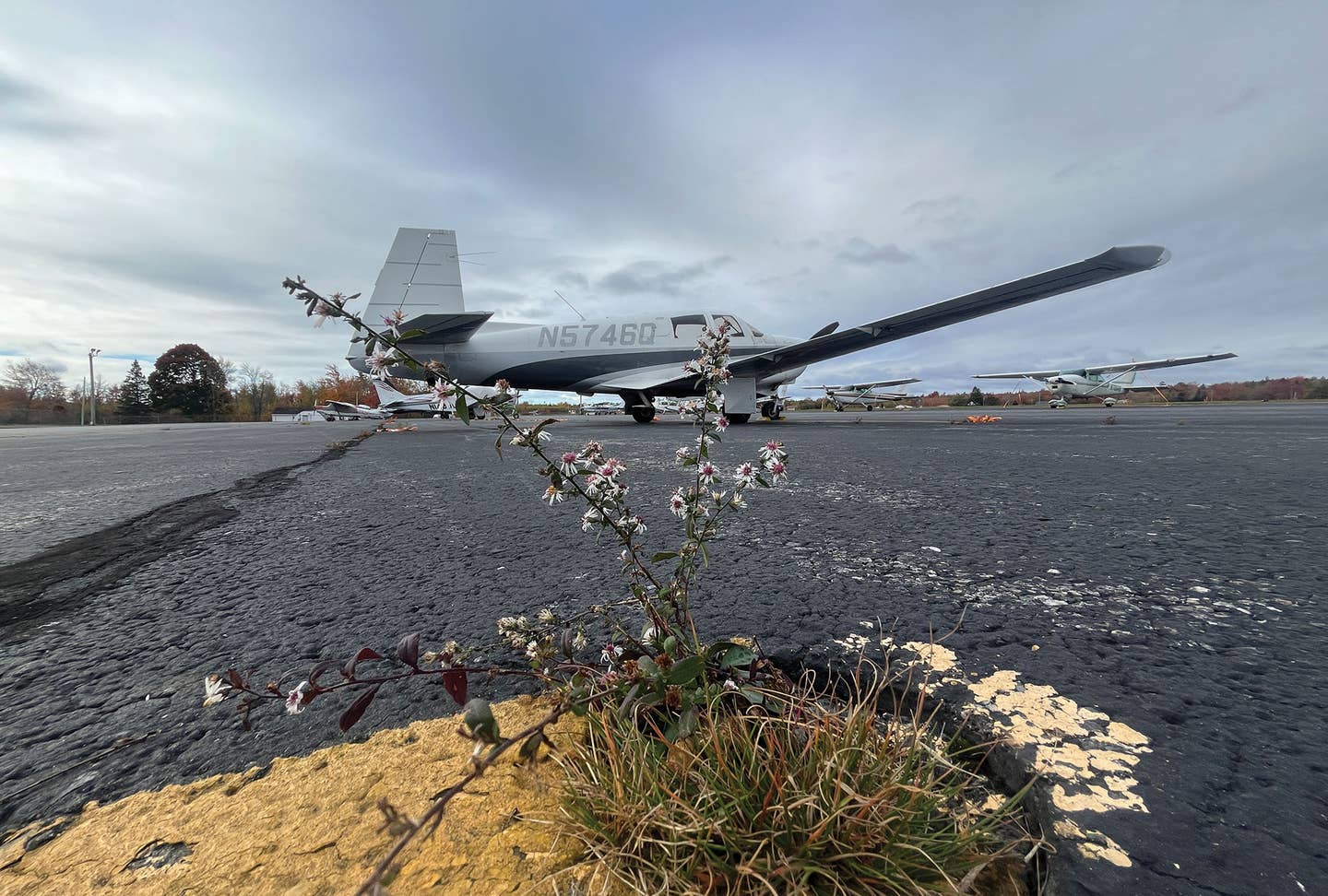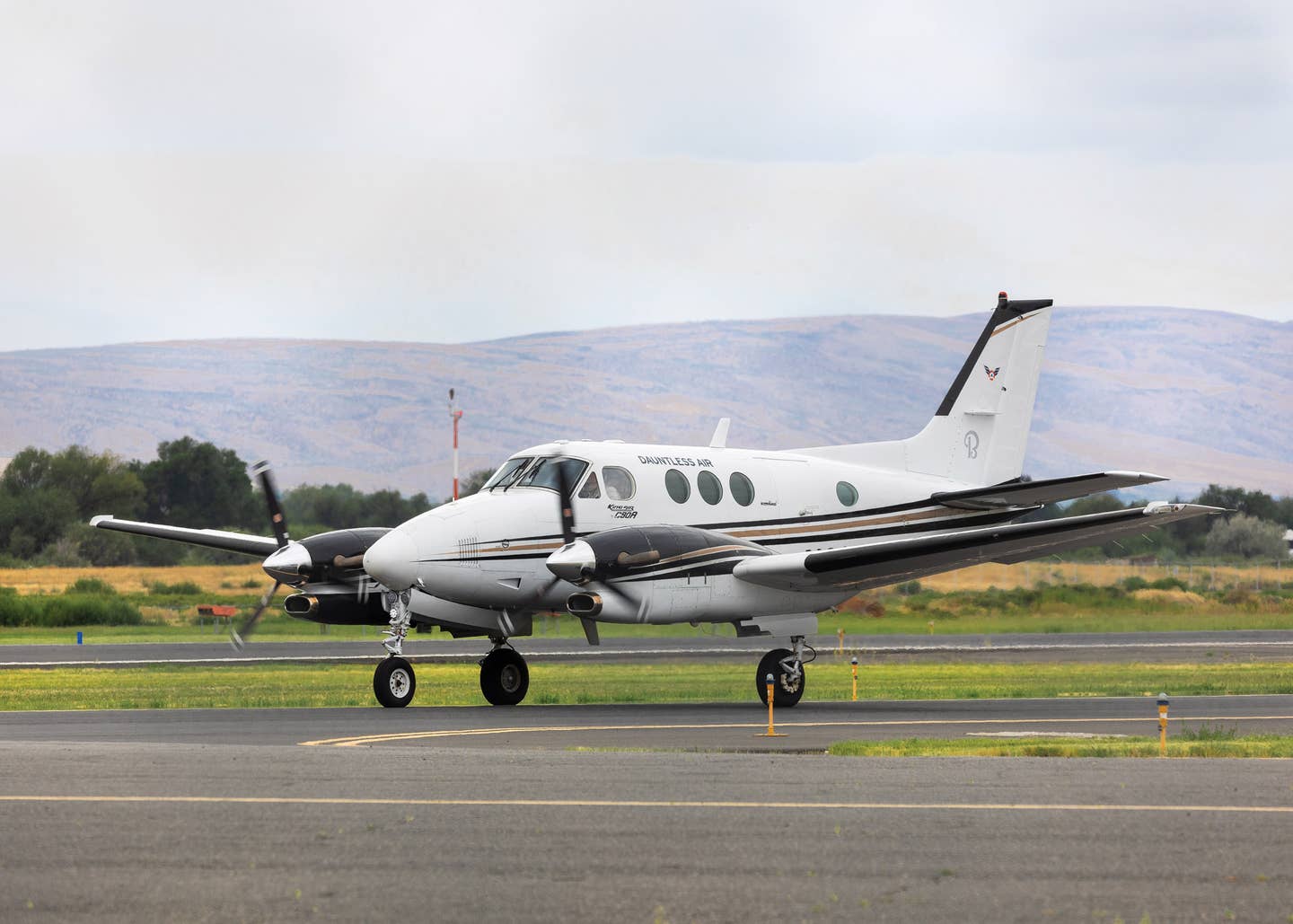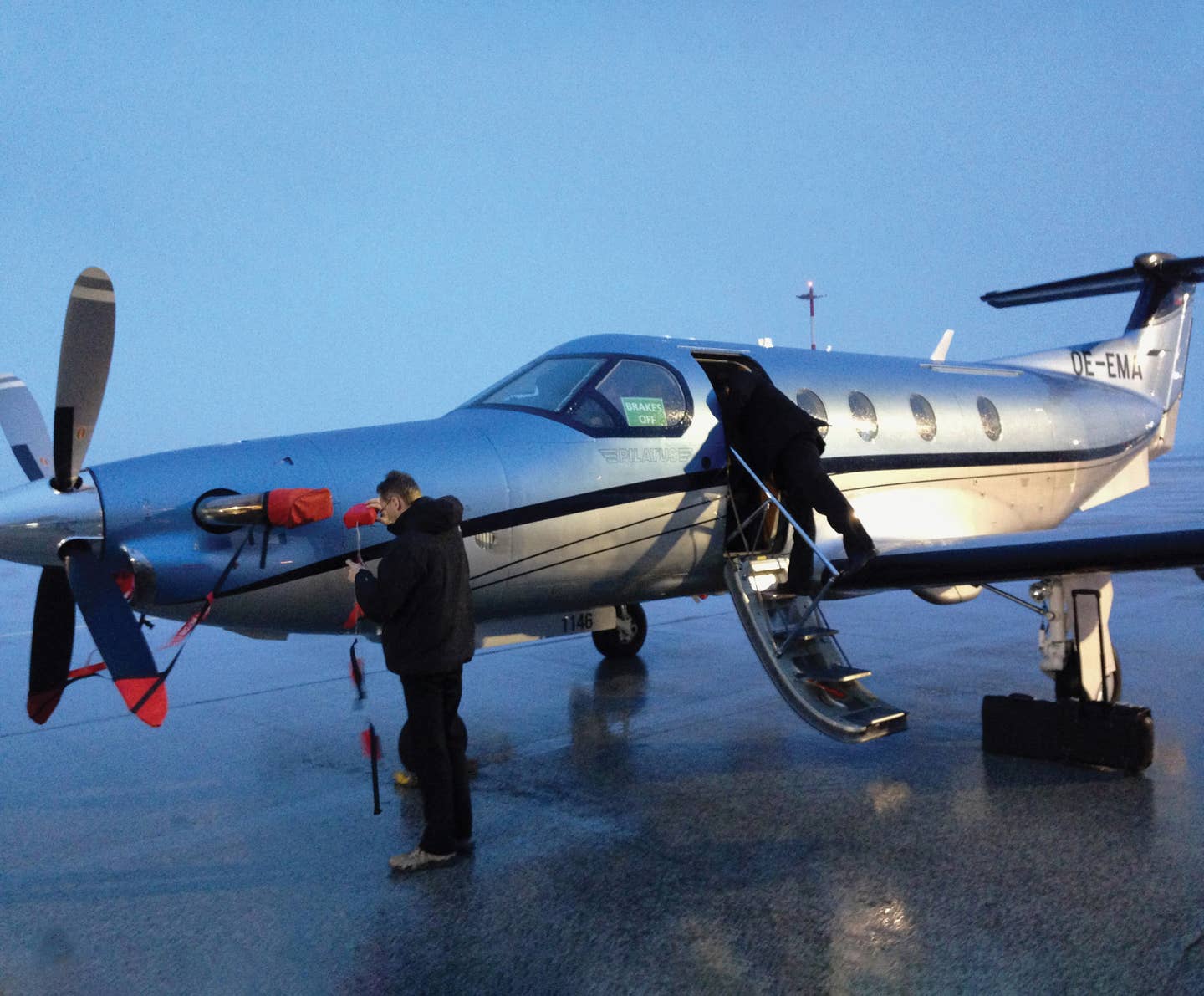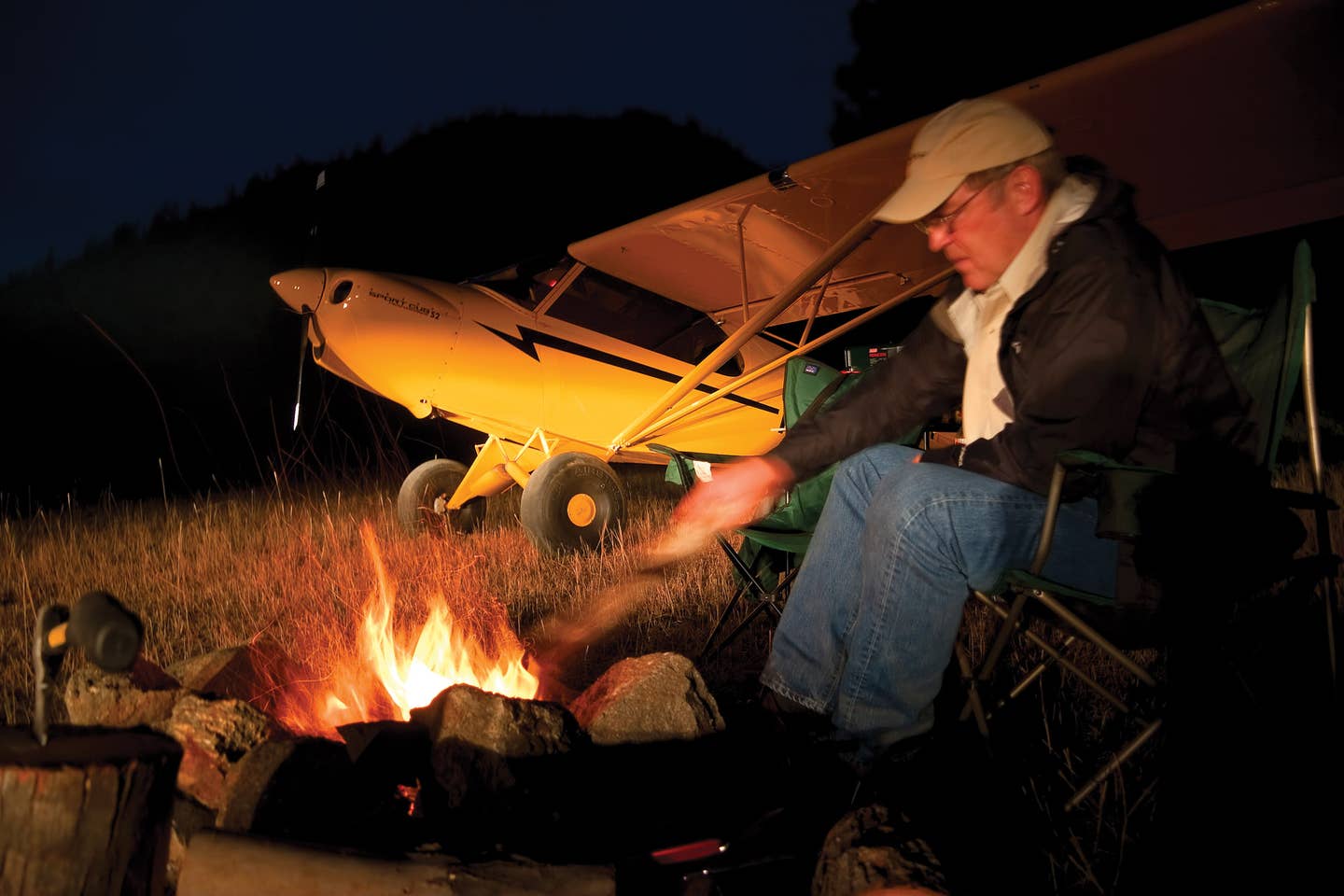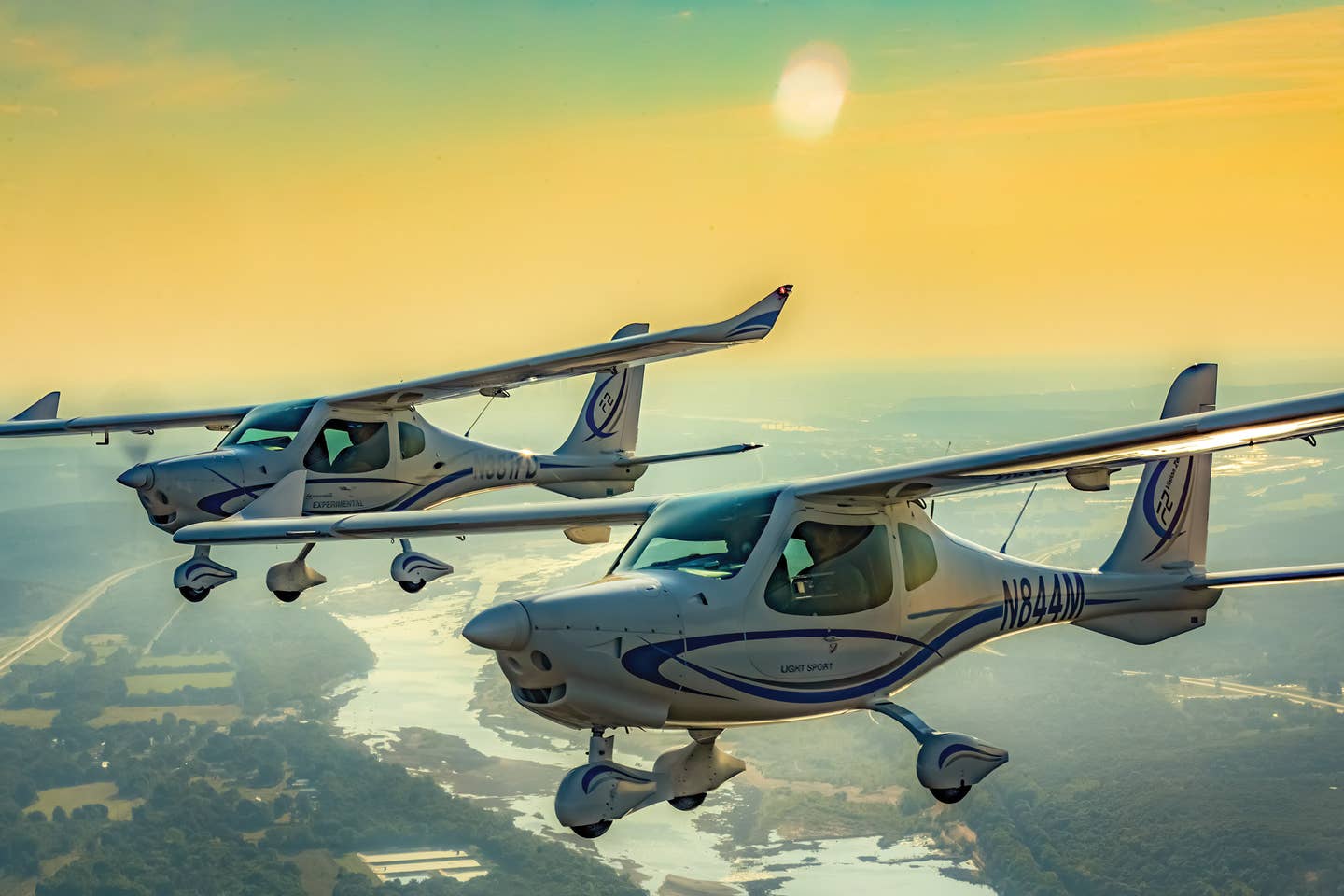Landing Without Flight Controls
Under some conditions, it’s possible to land an airplane without using normal aerodynamic controls
 |
I was channel surfing late one night when I stumbled across a National Geographic program called Air Emergency on the controlled crash of a DHL Airbus 300 in Baghdad back in 2003. The airplane had been climbing through 8,000 feet out of Baghdad for Bahrain when it was hit in the left wing by a shoulder-launched, surface-to-air missile, fired by a Fedayeen terrorist.
The Fedayeen were showing off for a French newsmagazine journalist and actually fired two missiles at the A300. The second missile missed, but the first didn't, and it was bad enough.
The missile took out all three hydraulic systems that control the operation of rudder, ailerons, flaps, slats and elevator, leaving the three-man crew with NO flight controls. The missile also punctured the left main fuel tank, which fed Jet A to a huge fire on the outer left wing.
The one-hour show concentrated on the crew's ultimately successful attempts to fly the airplane back to Baghdad Airport with nothing more than engine power, using asymmetric thrust for heading control and graduated power for altitude control.
The outer portion of the left wing was burning and at risk of failing completely throughout the airplane's short flight. The flight engineer had to cross-feed just enough fuel from the right-wing tank to keep the left engine running, hoping the left wing wouldn't explode, and that there would still be enough fuel remaining for the approach.
Somehow, the crew managed to return to Baghdad and land the airplane in the sand beside the runway, touching down at a speed 60 knots faster than normal. The copilot immediately put both engines into full reverse, and the airplane stopped in about 4,000 feet, relatively intact but with both engines totally FODed with dirt. All three crew members were uninjured.
A similar loss-of-control situation afflicted a United Airlines DC-10 at Sioux City, Iowa, in July, 1989. The airplane's tail-mounted engine exploded in flight, sending shrapnel through critical hydraulic lines, draining all hydraulic fluid from the big Douglas' three systems.
Captain Al Haynes and his crew had to learn to control the DC-10 with power from the remaining two engines, and succeeded in landing the airplane at Sioux City, though a wing contacted the ground on touchdown, and the airplane came apart in the ensuing crash. Still, 185 of the 296 people aboard survived, because the crew put the airplane down on an airport.
Most private aircraft aren't large enough to require hydraulic boost to move control surfaces, so loss of hydraulic pressure usually affects only brakes and sometimes landing gear. Control failures aren't common, but they can still be potentially dangerous. A cable can break or come off a pulley, a foreign (or domestic) object can jamb a pushrod, and there's always the chance that Murphy will find new ways to cause problems.
As the two airline crews above demonstrated, it's sometimes possible to fly an airplane with little or no aerodynamic control. In fact, a fairly adept pilot can sometimes take off and land some airplanes without using the elevators or ailerons at all.
I know one of those "adept" pilots. Back in the last century, then-TWA Captain Barry Schiff demonstrated that skill on national television. In those halcyon days, Schiff and I worked together on an ABC-TV show called Wide World of Flying. I did a series of Left Seat Checkouts, and Barry did video stories on safety, brilliantly synthesizing material that might otherwise have been a tough sell.
In one of those video articles, he demonstrated the ability to fly a takeoff and landing in a Cessna Skyhawk without touching the elevator control. Schiff employed a combination of elevator trim and power to control the airplane, flying a complete pattern, from brake release to wheels stop.
 If you're ever faced with a control jam or failure, it's most important to never give up thinking. Don't submit to panic; instead, focus on resolving your situation. |
There are five possible controls that are subject to failure: elevator, ailerons, rudder, flaps and speed brakes. These are connected to the cockpit by steel cables and pulleys in some airplanes, by pushrods and bell cranks in more expensive models.
The elevator is perhaps the most critical of these, but also arguably the easiest to overcome. As should be obvious, flying with elevator trim as the primary pitch control is a little different from operating with normal controls. Even the fastest of elevator trims, manual or electric, works considerably slower than a standard elevator. (One exception is the elevator trim on the Champion line of taildragger aircraft. It's essentially a direct repeater of the stick.) That means you need to stay well ahead of it and apply trim well BEFORE you think you'll need it. It's obviously a trick that works best in smooth air.
The tendency is to use too little input at first, then to overcontrol and use too much. Try it in your own airplane, and you'll gradually zero in on the proper amount of trim to apply.
Don't be afraid to try Schiff's trick of flying with trim alone for pitch control, but do it in increments, starting at high altitude. As you approach the runway, remember that ground effect complicates things. You'll need to apply a slight nose-up pitch as the airplane enters ground effect half a wingspan above the runway. You may even need to add a very small shot of power in addition to the up trim. The trick is to know how much to use and when.
When we shot the video, it was obvious Schiff had practiced the procedure and knew exactly how much trim to apply during the flare. At least, he had a working elevator control if he had needed it.
A decade after Schiff's story aired, a client hired me to accompany him to Europe in his 340 on his vacation. The day before we were scheduled to leave California, the client attempted to take off from Santa Monica with the control lock still in place. The airplane ran off the end of the runway, rolled down an embankment and caught fire, killing both occupants.
No one will ever know if my client tried to apply elevator trim for liftoff, but at least one other 340 owner saved himself and his passengers in a similar situation by doing exactly that. Halfway through the takeoff roll and too far along to abort, he discovered the yoke was immobilized. He used electric trim to get the airplane off the ground, climbed to a safe altitude, and after some experimentation, managed to get the airplane back on the ground safely.
In fact, a pilot may have several other options for aircraft control when the yoke no longer works as it should. Simple weight shift can have more effect than you'd imagine on some airplanes, especially on lightweight models with the dominant CG directly beneath the front seats.
Many years ago, when I was trying to help my wife learn to fly our Globe Swift, I used to wait until she had the elevator perfectly trimmed; then, I'd ease forward or back in the seat just enough to cause the airplane to slowly pitch down or up. After that, I'd ask her to retrim, and we'd play that game three or four times until she caught on. I'd typically sleep on the couch that night.
Even if you're not sitting directly on the balance point as we were in my old Swift, another obvious trick some pilots can use is simply to move the seat forward or aft in its tracks to pitch the nose as necessary, especially if you have someone in the right seat to complement your move. This doesn't work very quickly, but it will cause a gentle pitching moment. You don't want to adjust the seat so far in either direction that you overcontrol, but in light aircraft with an appropriate CG, a sliding seat can be a partial lifesaver in the event of a control failure.
Schiff also made the point in his video that it's possible to fly an airplane with a pitch control that only functions in one direction. The elevator is controlled by two cables, one for up and one for down travel. If a cable breaks, you'll normally lose the ability either to pitch down or to pitch up, but not both. That means if the up cable fails, you could trim the nose full back and hold the nose forward with the yoke, adjusting forward pressure as necessary to maintain aircraft control. Pretty obviously, you'd do the opposite if the down cable failed.
If you have cowl flaps or vents that open into the wind, you may find that they also can affect pitch. My Mooney has a large overhead cabin vent that improves airflow through the roof, but requires a very slight amount of down trim when fully open (and yes, it costs me about a half knot of cruise). Conversely, open cowl flaps induce a slight nose-down moment that requires half a knuckle of up trim (and subtracts another knot).
Loss of rudder and aileron control are a little more problematic, though again, the condition isn't insurmountable. Aircraft with openable windows or doors on each side have an advantage in that an open window or door can deflect the relative wind and induce a turn in that direction. Add throttle and trim to manage altitude and pitch, and you might be able to fly the airplane with no elevator, rudder or aileron control. Remember, however, that an open window or door also is liable to affect pitch, most often with a down moment. You may need to adjust power and trim to offset the extra drag.
Asymmetric control failures can present special problems. Split-flap situations can be among the worst of all control-failure nightmares. A linkage malfunction inside the wing or a worn roller bearing that locks up, jamming one flap in the down position, can cause one flap to remain full down while the other retracts. Such failures are the best arguments for extending or retracting flaps in increments of 10 degrees, checking to make certain what you asked for is what you got, then continuing.
The ideal solution if there's a problem and you can get the flaps back up is to simply make a no-flap landing. Alternately, set both flaps to full down, not an optimum choice until you're on short final, but again, not usually an uncontrollable situation.
The worst combination is to land with one flap fully extended and the other full up. Some aircraft may be only marginally controllable in that configuration. A totally split-flap situation is so uncommon that the FAA has no certification requirements to counter it.
Speed brakes that extend asymmetrically or refuse to retract are most often not a major problem. In the one-up-one-down scenario, opposite aileron should easily overpower the opposing spoiler, and a full extension on both sides that won't retract normally isn't a problem, either. The FAA demands that speed-brake manufacturers demonstrate the ability to fly and land normally with one up and one down.
Landing with speed brakes fully extended is hardly a challenge. As the name implies, speed brakes are intended to help brake speed and/or lose altitude, and they're most effective at higher Mach numbers. Speed brakes become progressively less effective at lower approach velocities. Most general aviation aircraft don't manifest any adverse control problems at all from a deployment that won't retract.
Whatever the failure, remember that you may need the longest, widest runway available for your return to Earth. That may preclude landing back at home base, especially if the longest or only runway is 2,500 feet. Better to pick the most comfortable runway you can find, and don't even think about using flaps. They can induce pitching moments you may not be able to countermand. Land with as flat and gentle an approach as possible to minimize the pitch change at the bottom.
The main considerations in the event of a control jam or failure are never to give up or stop thinking. If you throw up your hands in frustration and submit to panic, the airplane very well may become a lawn dart.

Subscribe to Our Newsletter
Get the latest Plane & Pilot Magazine stories delivered directly to your inbox

